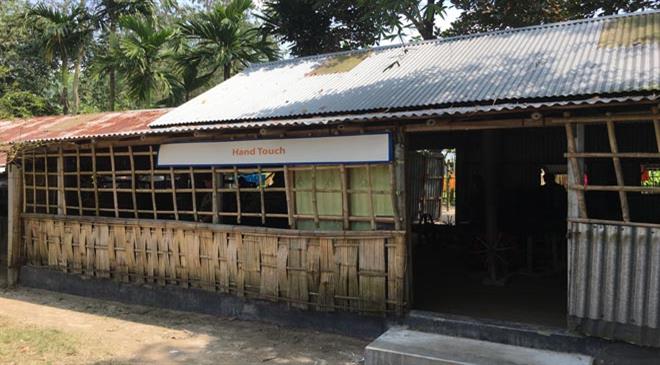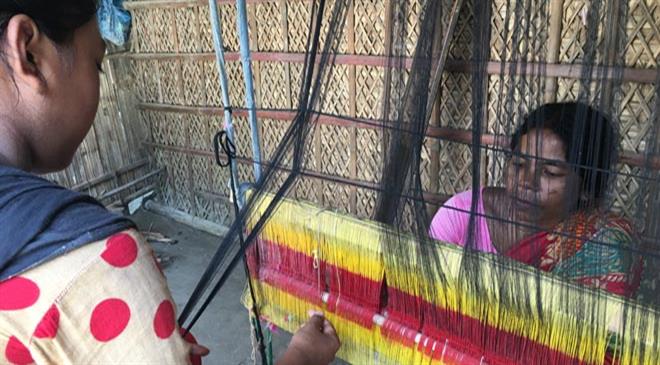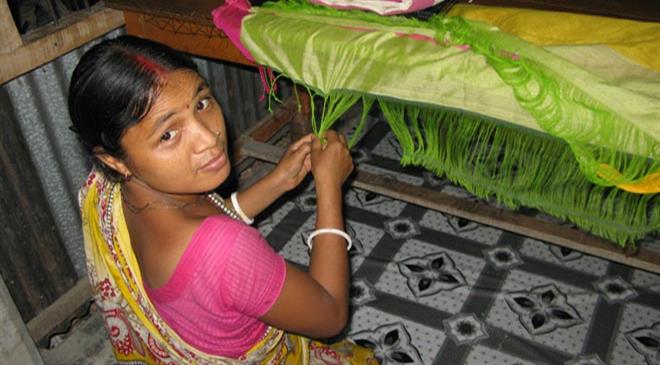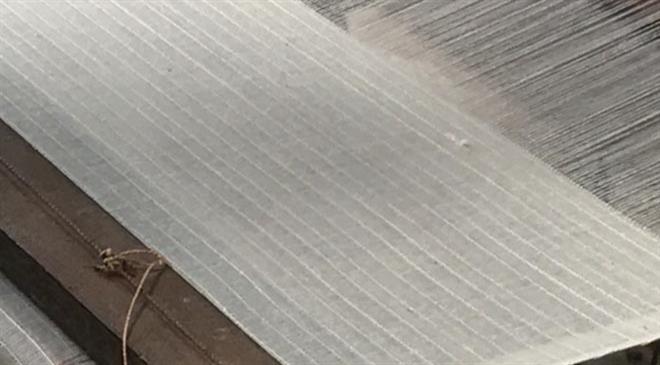We plan to start hand dyeing, fabric finishing, hand-spun yarn production
HandTouch, founded in 2002, works with weavers and artisans to revive traditional handlooms in Bangladesh. It exports handloom fabrics and hand-made textile products to Japan, Italy, France, Germany, Austria, the United Kingdom and Sweden. Even though HandTouch is not an officially fair-trade certified organisation, it adheres to fair trade principles and runs a responsible business by paying fair wages, creating a good work environment and ensuring an eco-friendly production process. Chief executive officer and proprietor Mohammad Ali Khan chats about the challenges the Bangladeshi handloom sector faces and more in an interview with Fibre2Fashion.
How and when did you start HandTouch? Why did you want to work with handlooms?
HandTouch (HT) started in 2002. When I worked for the government and non-governmental organisations (NGOs), I witnessed the poverty and social economic challenges in rural areas. This drove me to start HandTouch. Our company supports the rural poor by providing work in their own homes and villages so that they don't have to move to heavily crowded cities like Dhaka. We utilise hand skills that are gradually getting out of use. We put emphasis on the artisan's skills and creativity.

How many weavers do you work with? Do you work with artisans directly?
We work with around 90 weavers (60 in my own factory and another 30 in a different cluster or individuals' home). I do work directly with artisans.
What is the percentage of women workers in the Bangladesh handweaver's community?
About 56 per cent are women, according to the third Handloom Census 2018 by the Bangladesh Bureau of Statistics (BBS).
Which rare traditional weaves of Bangladesh are you working towards preserving? Can you brief us about some lesser known handloom forms?
Saree, lungi (men skirts) and gamchha (bath towel) are widely used in Bangladesh. Both these items were produced on handloom. Nowadays, their use has reduced for comfort in work, price and for fashion statement (also for religious aspects). The handloom products mentioned above are facing some challenges.
Since the beginning, HT has been trying to spread awareness of saree among women, especially to younger women. HT uses both old hand work motifs (technique like jamdani) and new developments. We emphasise on cotton materials, but for breaking the monotony of design and motifs, we use hand spun silk (silk khadi), cotton khadi, jute, sequence, recycled yarns and any new materials suitable for hand weaving.
HT has played a great role in introducing new fabrics, especially in handloom saree since its beginning and I believe that the use of saree has grown in Bangladesh again. HT's huge contribution is responsible for this achievement.
How do artisans and weavers benefit from working with HandTouch?
Handloom is our main activity. We have 60 handlooms. We have a production unit in Panchagar district, around 500 km from Dhaka and it takes 10-12 hours by road to reach there. The northern regions of the country face seasonal famine, or monga, which is a major problem.
There are about 100 workers-60 per cent women-who are engaged in handloom activities. Before we started the work, most of them were either unemployed or only depended on seasonal agricultural activities. Now the village has found a way to change its life through handloom. Besides our own factory production, we also work with different groups and individuals for marketing their product.

Which are the most widely sold handlooms at HandTouch?
Saree is our most widely sold product in the local market. But we also produce-
- Fashion accessories like scarves, stoles, shawls
- Home textiles like bed cover, curtain, tablecloth, jute rugs
- Kitchen, table and bath linens like tea towel, table runner and place mat, napkin
- Sheet fabrics
Which are your major markets in Bangladesh and abroad? Please tell us about your retail presence.
In Bangladesh, we are present in both retail and wholesale markets. We have three outlets in Dhaka. Mid and mid-high are our target segments. Besides this, for retail, we also use online platforms. Internationally, Europe is still our major market. We export to 14 countries, including Sweden and the Netherlands, with limited exports to the United States, Canada and Japan. Fashion accessories and home textiles are our major products.

What exposure did you gain by attending international fairs? What perception do they have about the handloom industry?
Now we use recycled yarn for fabric production. Handloom and recycled yarn are drawing strong attention of buyers. Zero carbon emission is another magnet for catching attention of conscious buyers.
Are you collaborating with any international brands and designers now or maybe in the future?
Not yet, but if we get a chance, we definitely will.
Tell us about your latest collection.
We have used recycled yarn for producing home textile products like curtain, apron, tea towel, shopping bag for our new collection.
What is the perception of young Bangladeshi consumers towards handloom?
The young generation in Bangladesh has taken to handloom for fashion, comfort, social aspects and environment consciousness.
What needs to be done to keep handlooms more relevant?
a) Wages of weavers and relevant workers need to be increased
b) Fabric design and development needs to be patronised
c) Dyeing needs attention
d) Marketing should be improved

What are the challenges that this niche faces?
Two major challenges are changing of profession by weavers due to the low income from handlooms and the competition from low-priced powerloom products.
What kinds of disruptions does this niche need?
(a) A strong message to users on behalf of a handloom manufacturer regarding handloom's social aspects, environmental aspects, comfort in use, small-scale production and preserving the heritage art of weaving.
(b) Increase the wages of the weavers and other stakeholders
But to make handloom products affordable, the government can help at the production level by providing credit at low interest rates, cheap electricity, establishing dyeing infrastructure, including effluent treatment plants; setting up fabric processing and finishing units in different handloom weaving areas, establishing research centres for development of design, loom and new weaving techniques.
A special floor or building or a mall can be allotted at low rentals for solely marketing handloom products by local weavers in different corners across the country. The government can provide a dedicated place in Dhaka for handloom export goods at nominal rent. It can set up a handloom museum and organise handloom training programmes for entrepreneurs.
How supportive are government initiatives and schemes towards the handloom community?
Government offers small-scale loan facilities and some other help, but it is not enough and significant.
Do you plan to add more product categories or expand your current set-up?
Yes, I plan to develop hand dyeing, handloom fabric finishing and hand-spun yarn production. I want to expand product offering in the home textile category. (HO)







